Day 6: Philae temple, Aswan dam and Nubian village
We started the day with a visit to Philae temple, most of which was built during the Ptolemaic era. Like other temples built by the Ptolemies, the Philae temple served a political purpose. The temple is full of reliefs of the Ptolemies participating in the traditional Egyptian beliefs by being depicted as making offerings to Isis, Horus, Osiris and other gods, and smiting their enemies with the gods standing nearby. These cults were associated with the divinity of the Pharoah and acted as a justification of Pharoah’s divine rule. The Ptolemies, being of Macedonian descent, went out of their way to be associated with these cults so they would be seen by the Egyptians as legitimate rulers of Egypt.
Philae is also one of the few temples where Christianity coexisted with traditional Egyptian religion for a while, until at least the 5th century. Later, many of its temples were converted into churches.
Another interesting aspect of Philae is that its present day location is not where the temple was originally built. Philae temple was originally built on the island of Philae, which is located upstream of the Aswan low dam (built in 1902 during British occupation of Egypt), and downstream of the Aswan high dam. After the Aswan low dam was completed, the island of Philae was nearly always flooded, because it was located in the reservoir of the low dam, i.e., the artificial lake behind a dam that is created when the dam blocks the natural flow of water downstream.
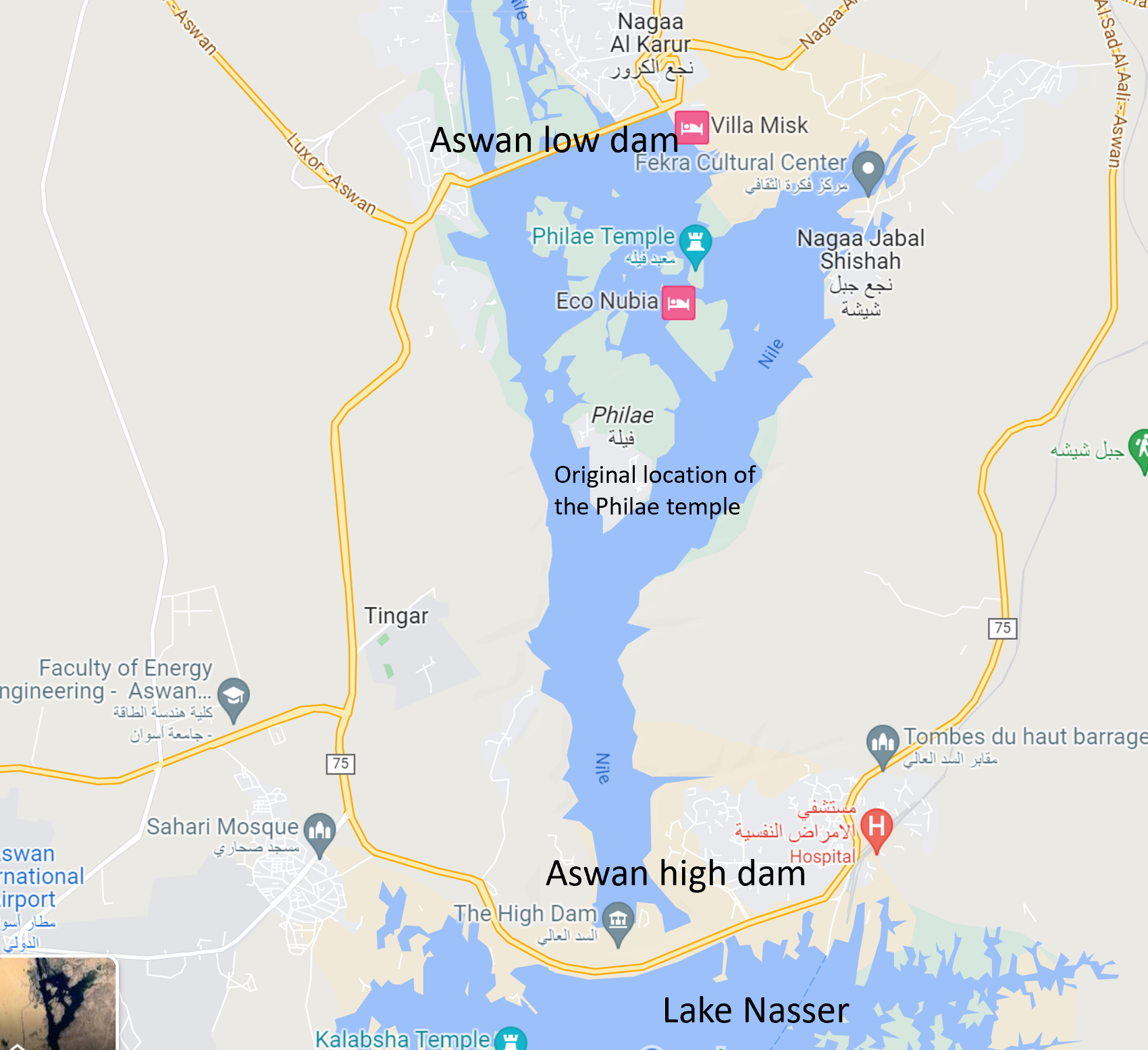
In 1960 UNESCO started a project to try to save the buildings on Philae island from the destructive effect of the ever-increasing waters of the Nile. The monuments on Philae island were cleaned and measured, and then every building was dismantled into about 40,000 units from 2 to 25 tons, and then transported to the nearby Island of Agilkia, situated on higher ground some 500 metres away. The transfer itself took place between 1977 and 1980. This was a big success story of engineering and international collaboration to save an invaluable artifact of human history.
To reach Philae temple on Agilkia island, we boarded a small motor boat. As the boat approached the island, we could see the colonnades of the temple as well as the boulders and the lush palm trees on the island’s shore looming up in the distance.
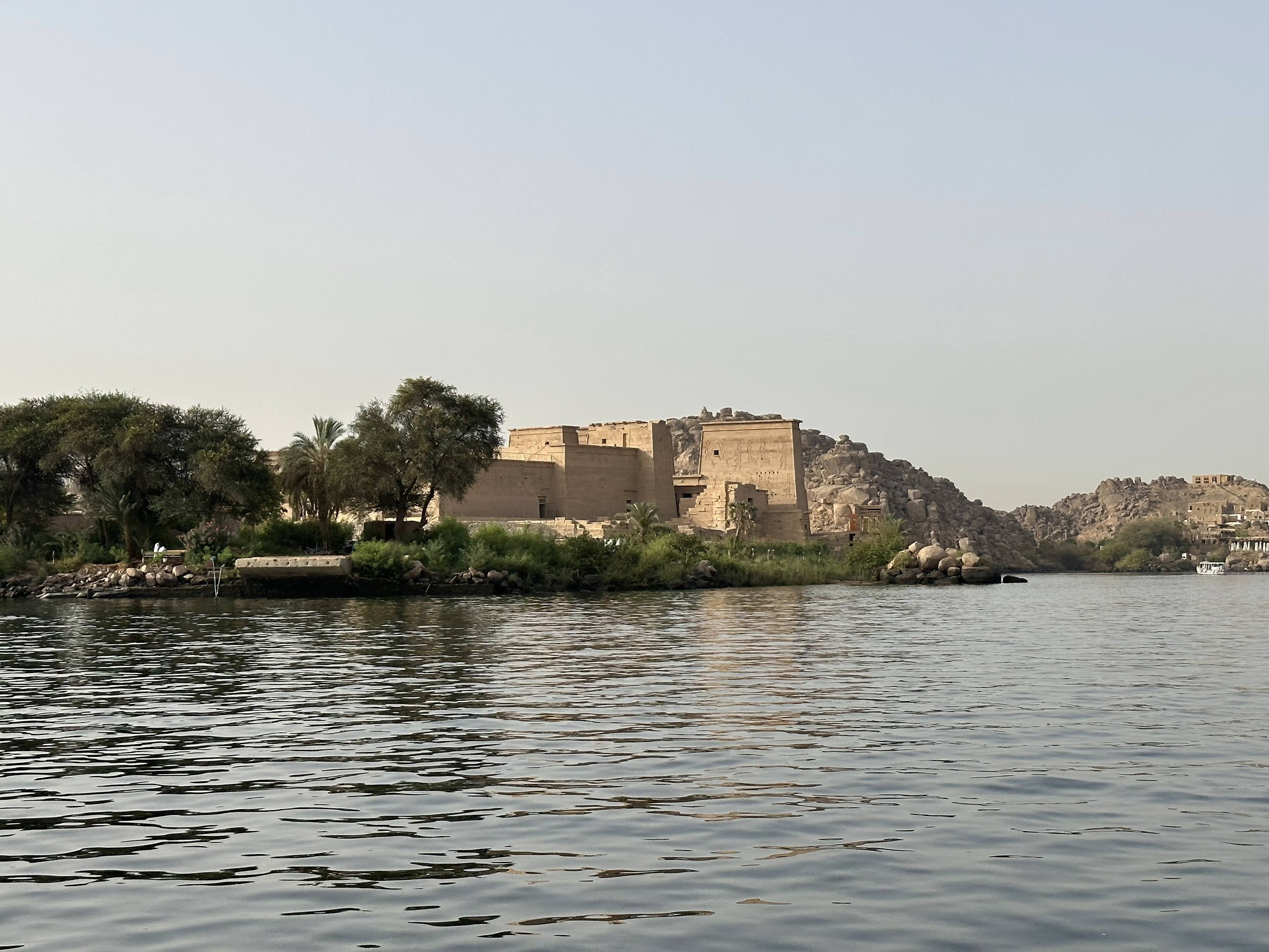
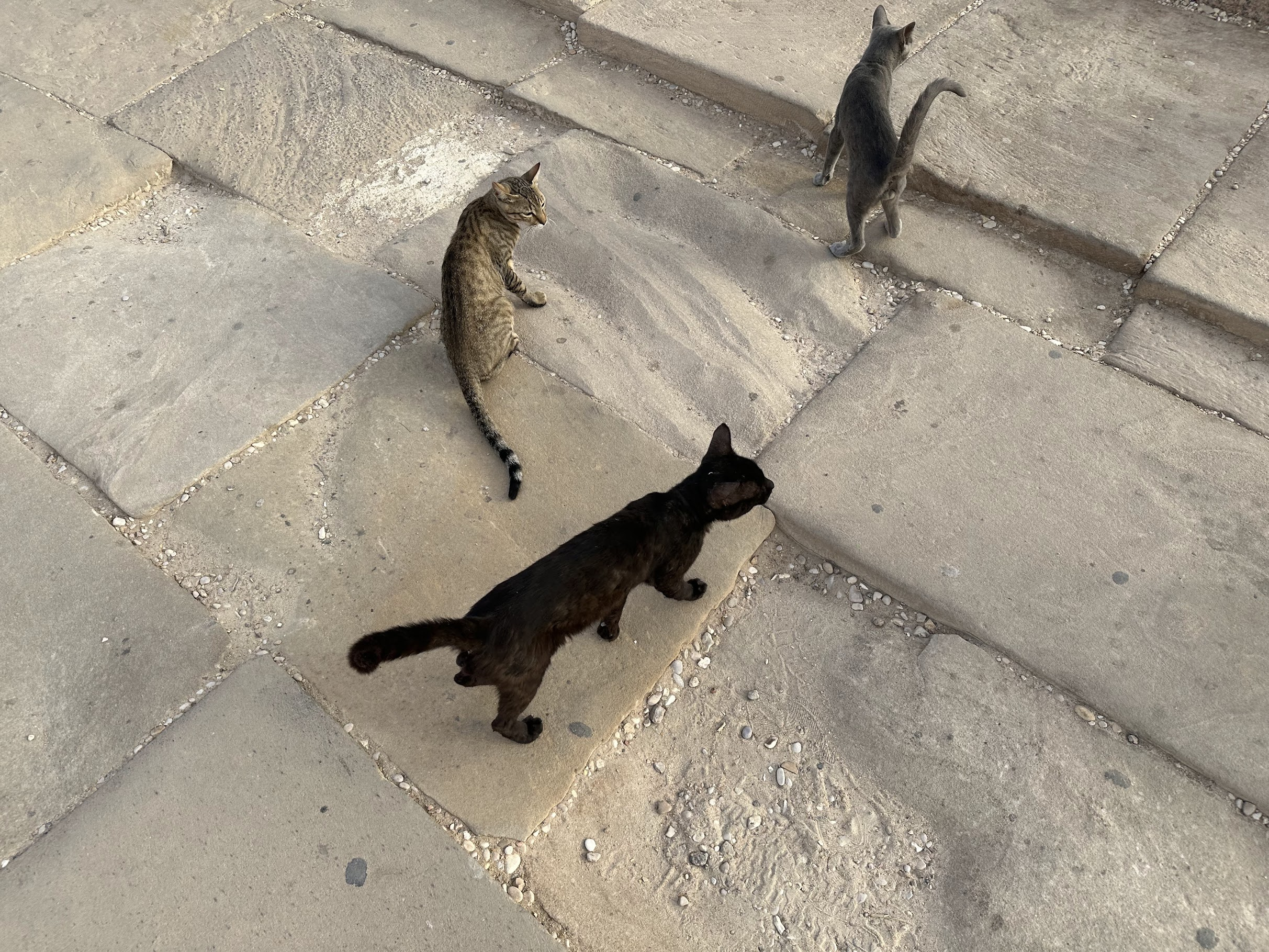

The video below shows the outer courtyard of the Philae temple. Notice how the bottom 2/3 of the columns in the courtyard are darker in color. This is from the time when the bottom part of the temple was submerged under the Nile before its relocation. You can also see the chapel built by Roman emperor Trajan.
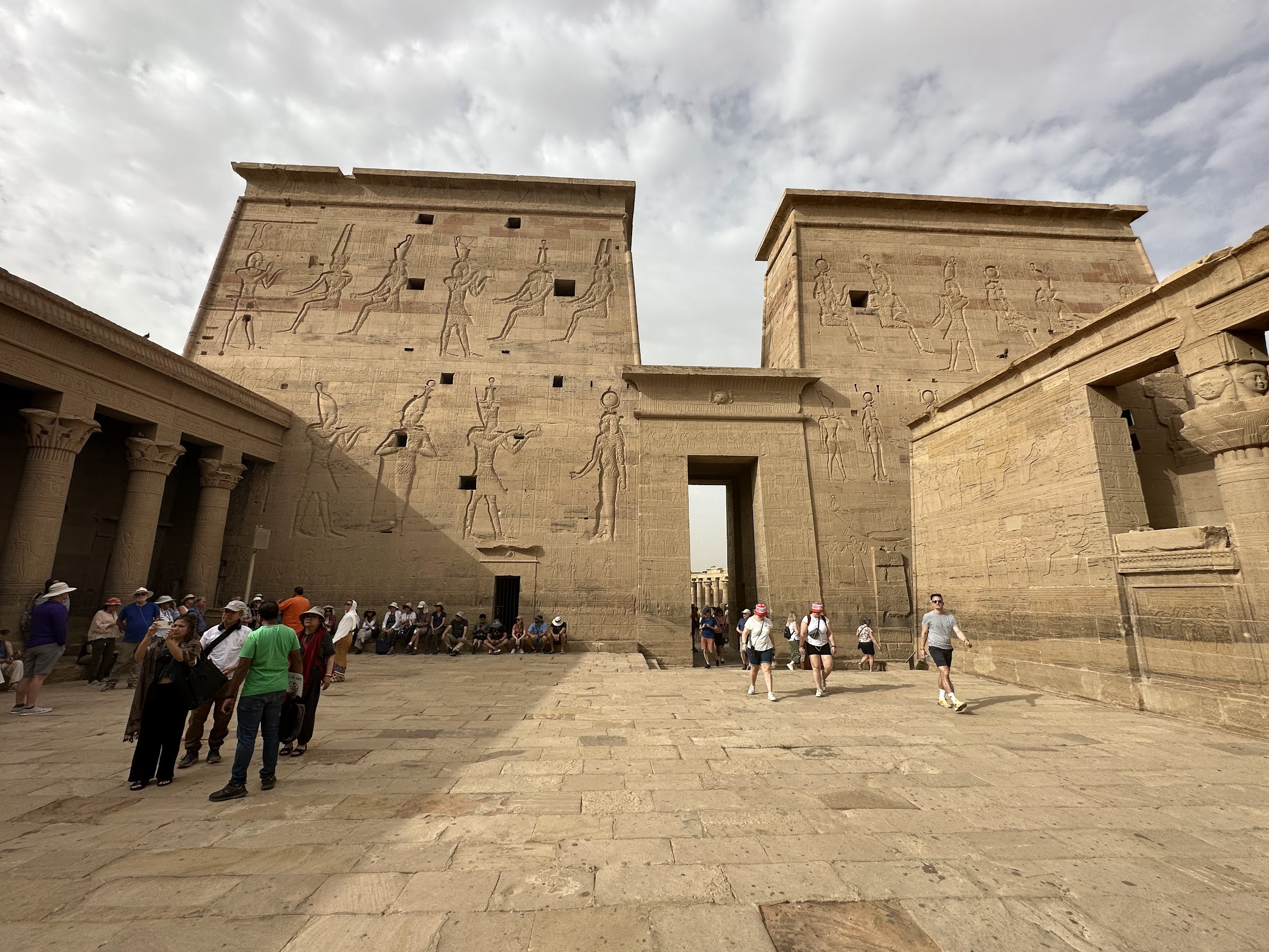
In the picture above, on one tower you can see Ptolemy XII standing before Isis and Osiris, while on the other tower Ptolemy is standing before Mut and Amun. On the left side of the inner court you see the mammisi (birth house), an important feature of temples built in the Ptolemaic Era. In the birth house, Isis and Osiris and their child Horus were celebrated.
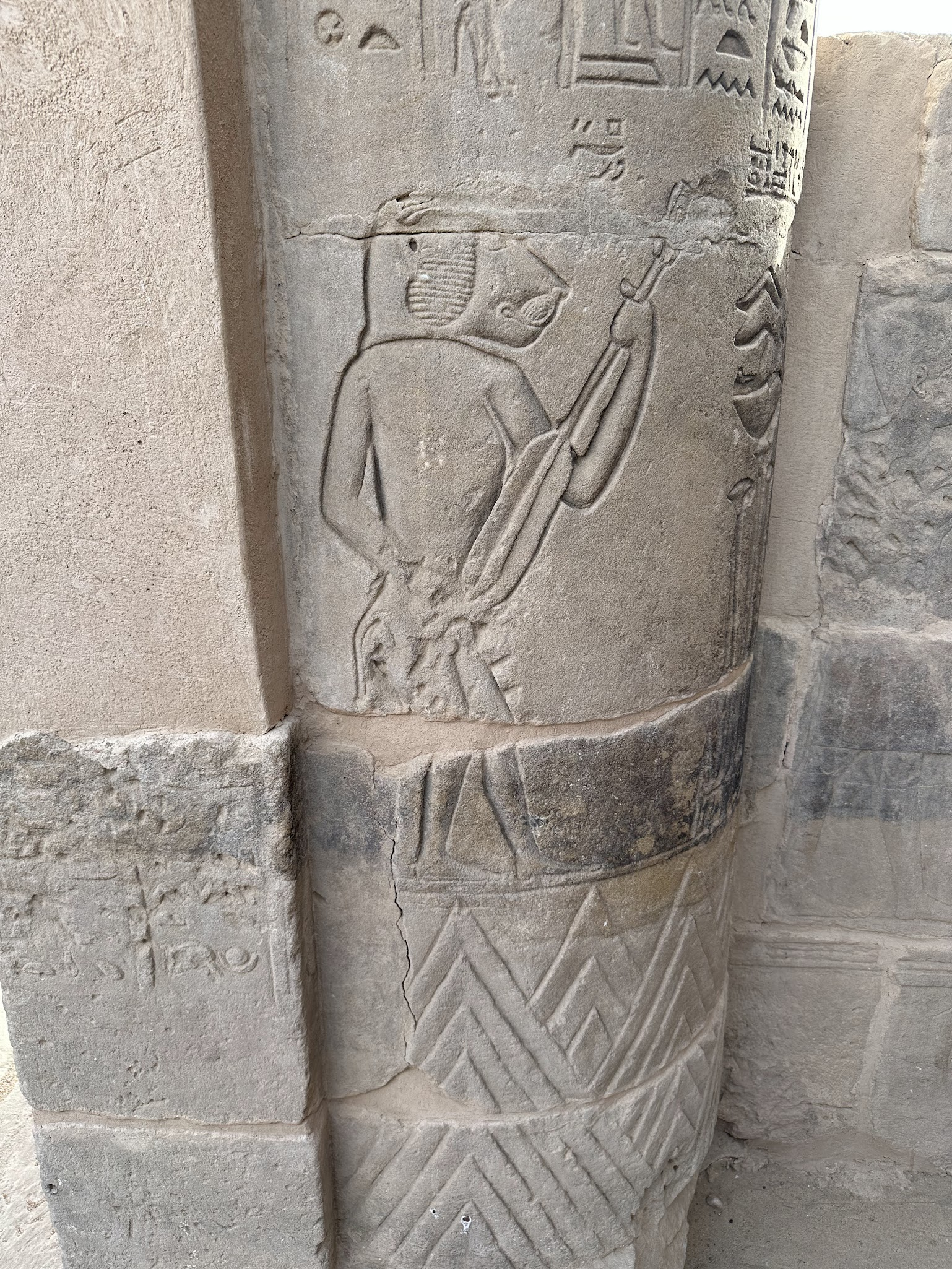
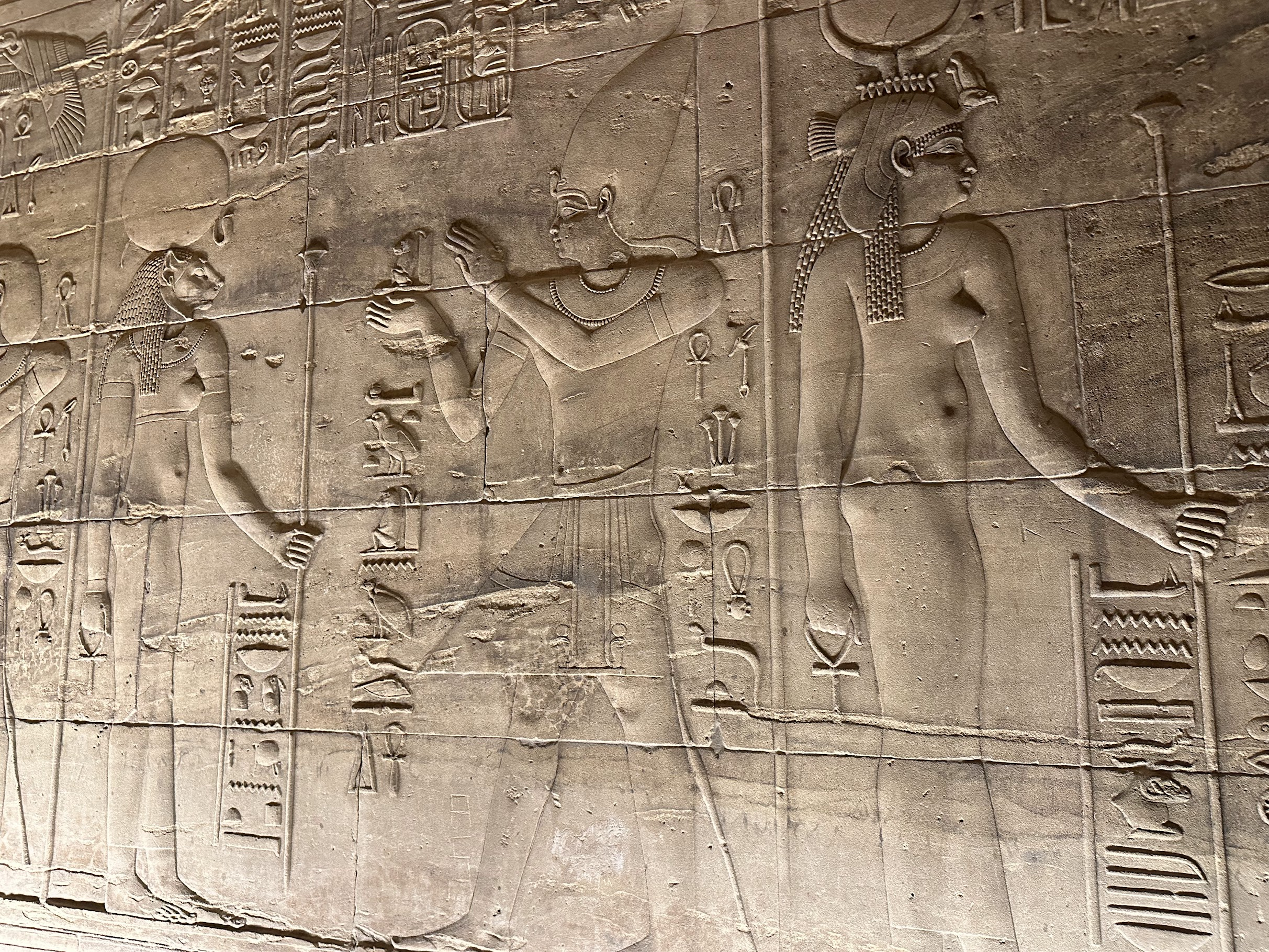
The video below shows the hypostyle hall at the Philae temple.

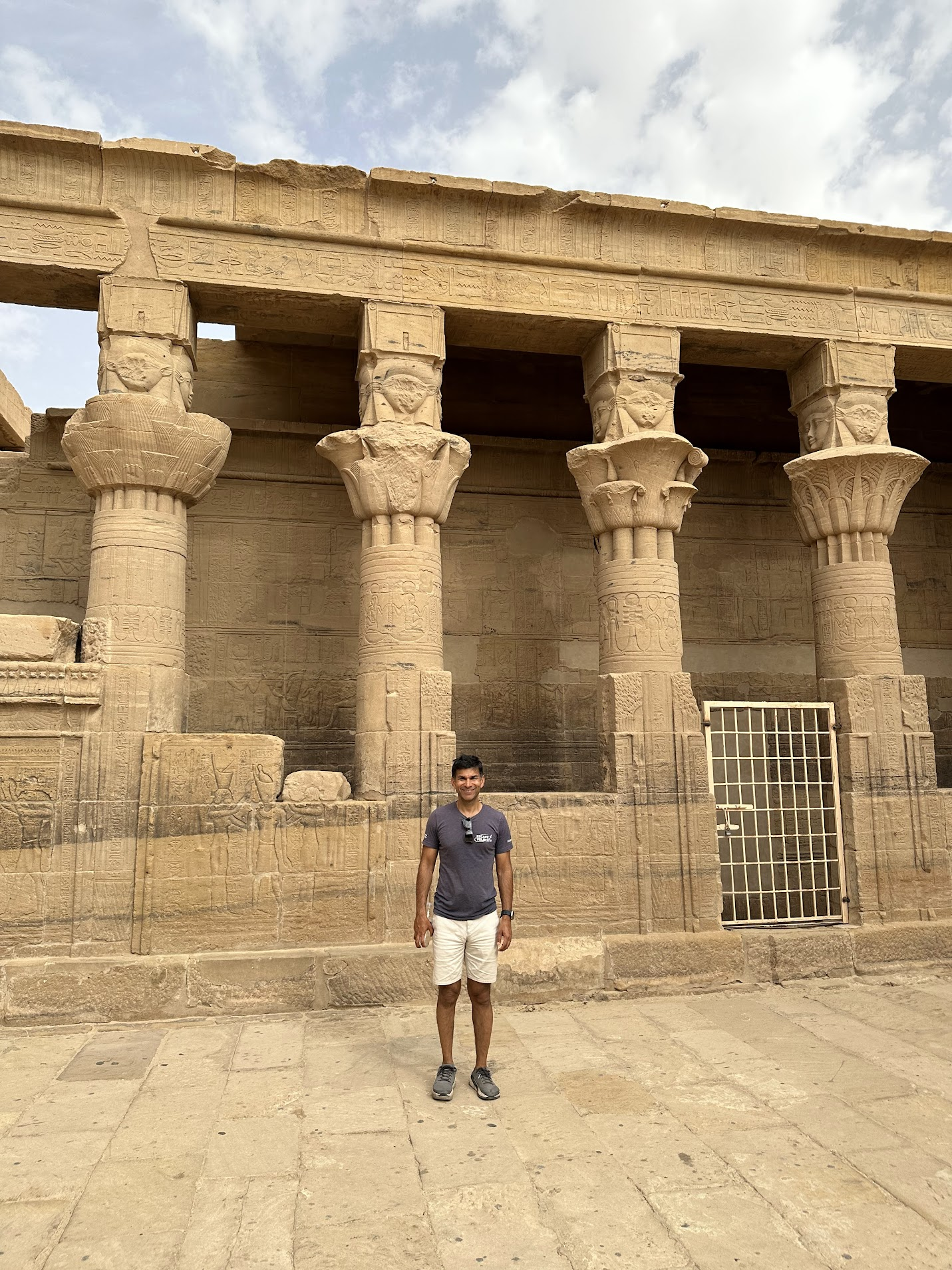
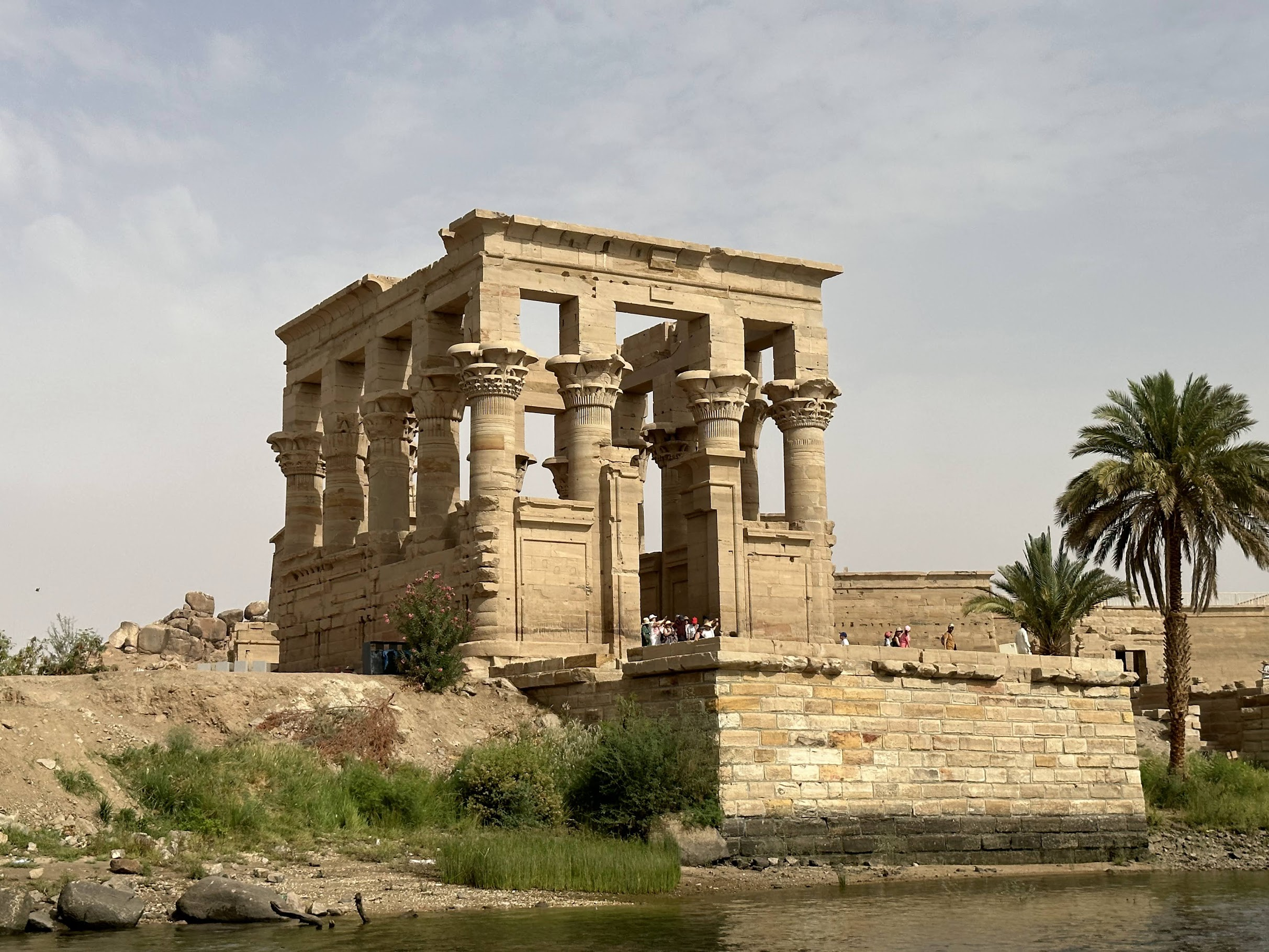
After the Philae temple visit, we stopped over at the Aswan high dam visitor center. Aswan dam is a marvel of engineering. Construction began in Jan 1960 and finished 11 years later in Jan 1971. Its volume is 17 times that of the pyramid of Giza! Soviet support was instrumental in the design and construction of the dam. Gamal Nasser who established military rule after toppling the Egyptian republic in 1952 played the US against USSR and succeeded in getting low interest Soviet funding and technical assistance from the Soviet Hydroproject Institute.
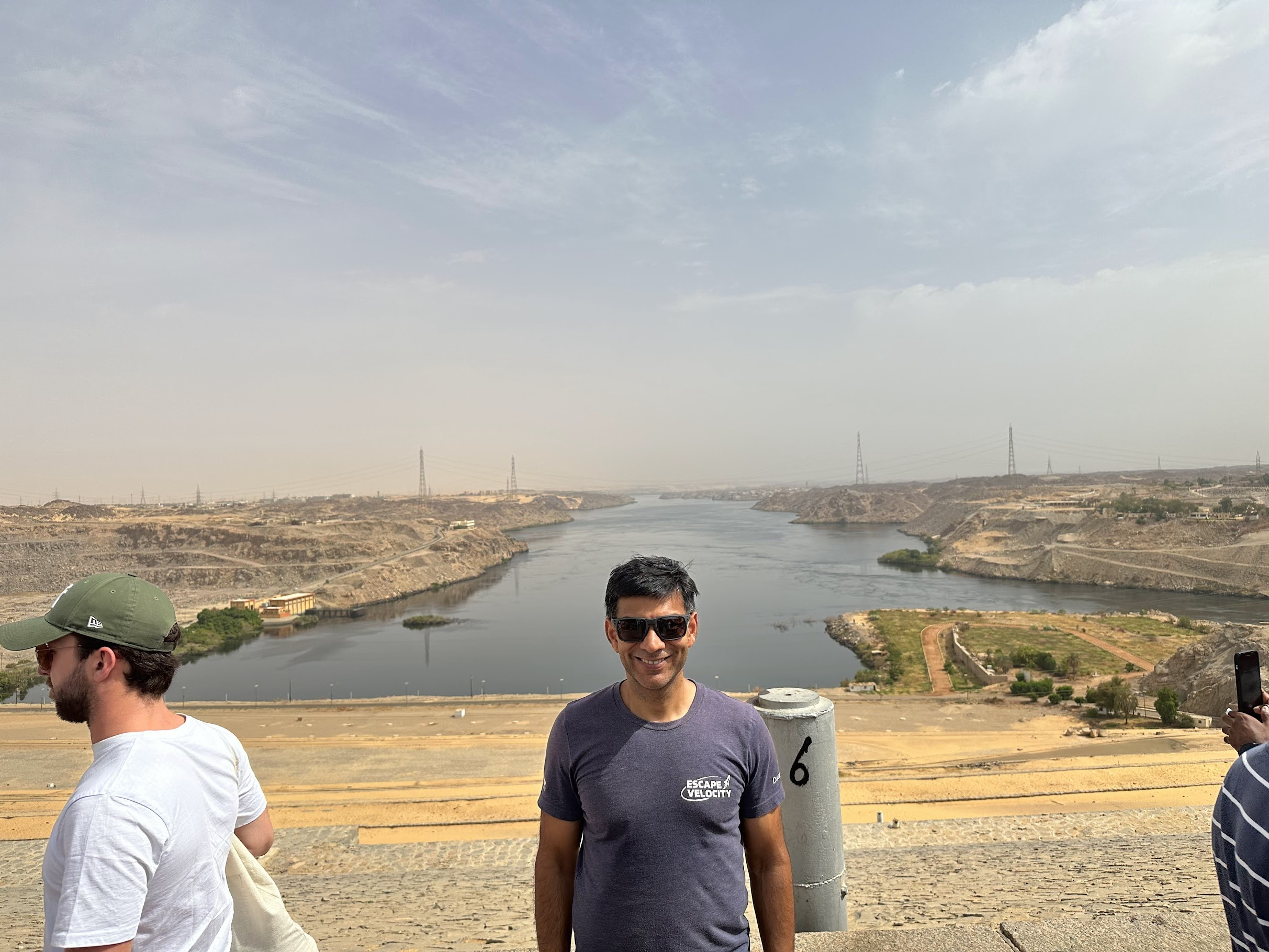
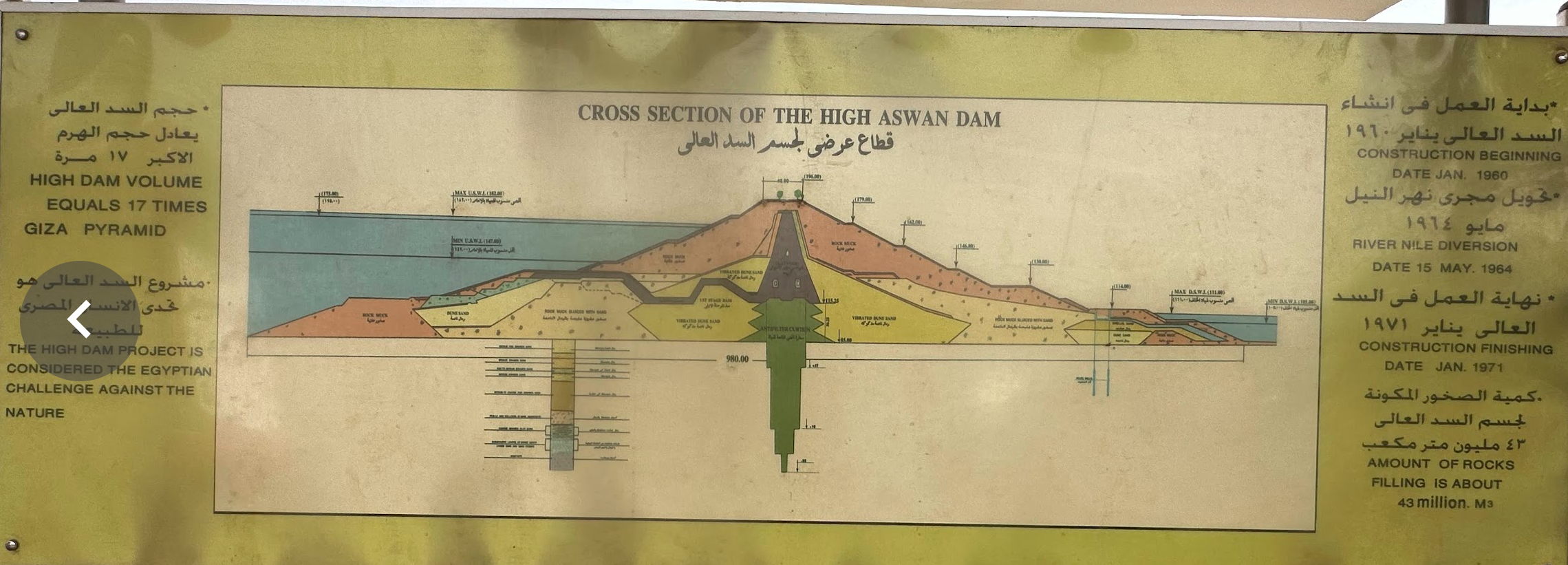

The Aswan dam has been a mixed bag for Egypt. The dam halted the annual flooding of the Nile and produces electricity (2.1GW, 5.68% of Egypt’s total electric supply) that helped power Egypt’s industrial development. However it also displaced thousands of people and caused several monuments from ancient Egypt to be submerged under the reservoir it created (lake Nasser). Because so much of Nile waters are diverted for irrigation, less water reaches the Nile delta, which is under threat from rising sea levels, subsidence and salinization, which lowers soil fertility.
After Aswan dam, we briefly stopped at Hatshepsut’s unfinished obelisk. The unfinished obelisk is nearly one-third larger than any ancient Egyptian obelisk ever erected. The obelisk’s creators began to carve it directly out of bedrock, but cracks appeared in the granite and the project was abandoned. The unfinished obelisk offers insights into ancient Egyptian stone-working techniques, with marks from workers’ tools still clearly visible as well as further proof that Egyptian monuments weren’t built by aliens, but by ordinary humans chiseling away at the rock for a very long time! It was mid day when we arrived at the site and the sun was beating down on us with all its might. It was difficult to spend more than 30 min there. I marveled at the endurance and tenacity of the stone workers who toiled at the quarry day after day likely for years and tried to imagine their disappointment when they discovered the cracks and realized that all their hard work was in vain!
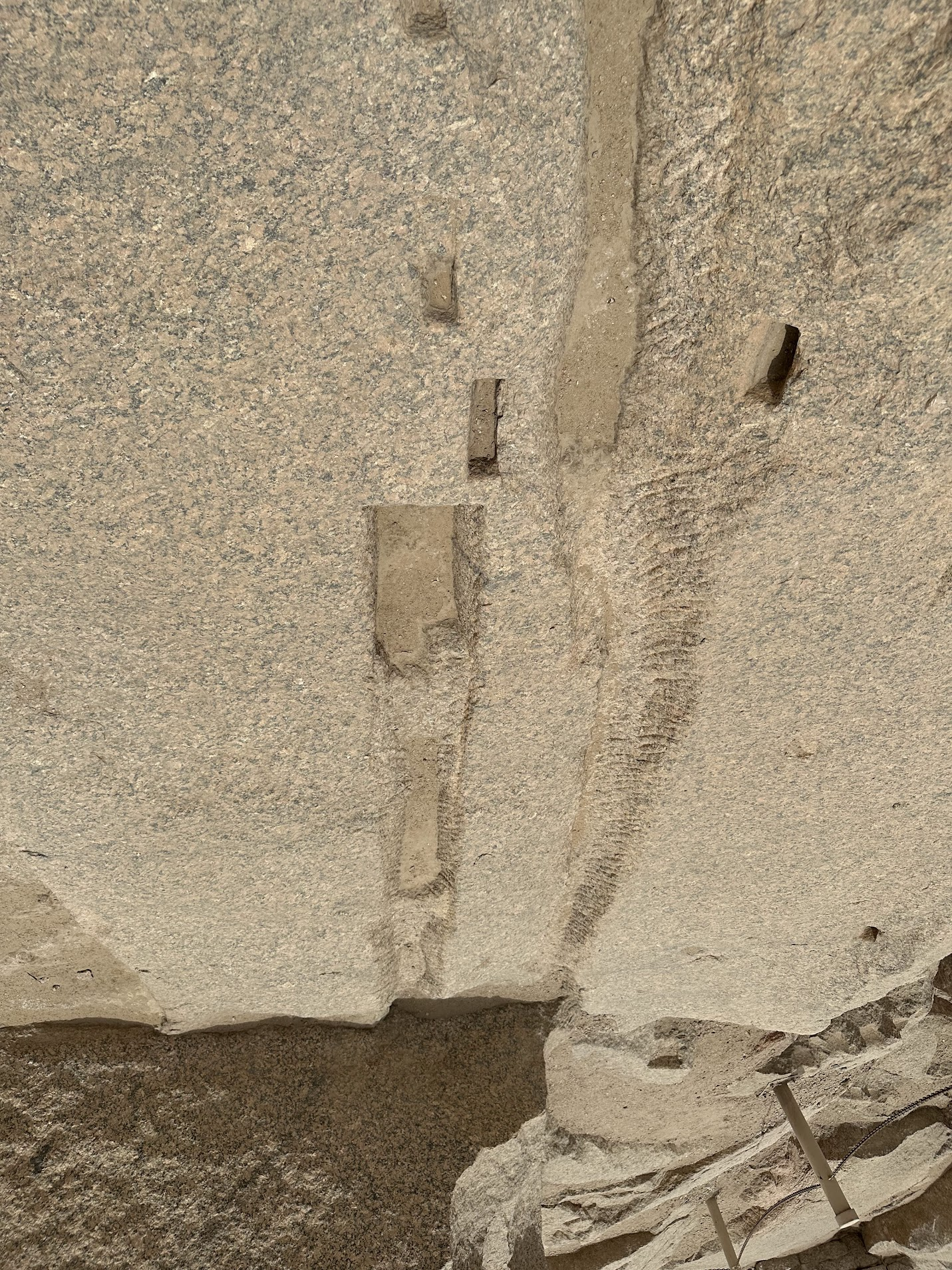
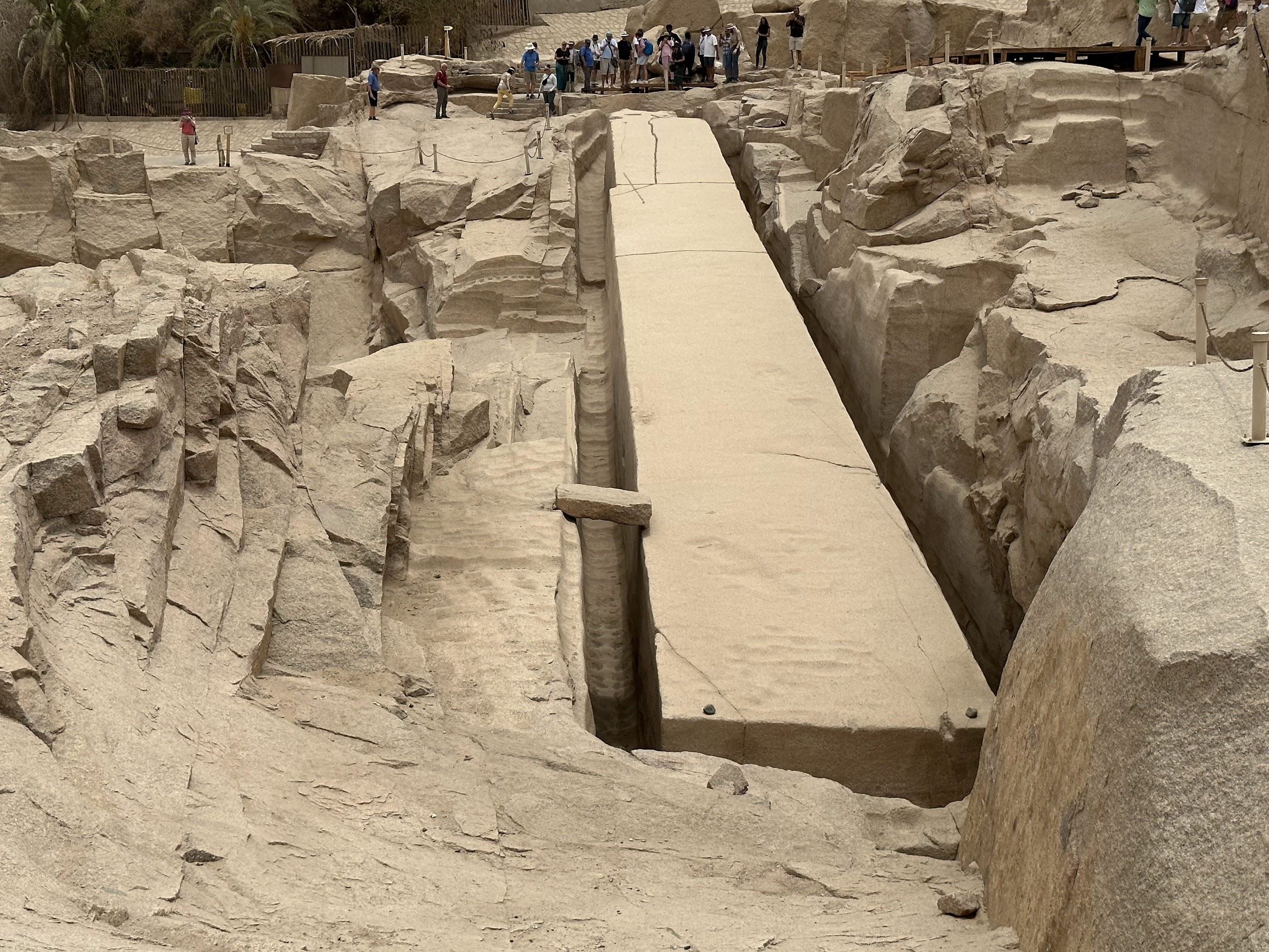
Granite is one of the hardest naturally occurring rocks. It is still not clear how the Egyptians were able to cut such massive blocks of Granite with such precision. Sam, our guide told us that the Egyptians used Diorite, another rock commonly found in Granite quarries, which is a bit harder than Granite. This article suggests that Egyptians also used sand along with metal saws. The quartz crystals in sand are harder than granite and can cut Granite when weighed down and moved back and forth by a metal saw.
In the late afternoon, we had an optional excursion to a Nubian village. Nubia consisted of two major regions along the Nile River, from Aswan to Khartoum. Upper Nubia sat between the Second and Sixth Cataracts of the Nile (modern-day central Sudan), and Lower Nubia sat between the First and Second Cataracts (modern-day southern Egypt and northern Sudan). The term “cataract” means shallow lengths of the Nile River where the surface of the water is broken by many small boulders and stones jutting out of the river bed, generally making that section difficult or impossible to Navigate by boat.
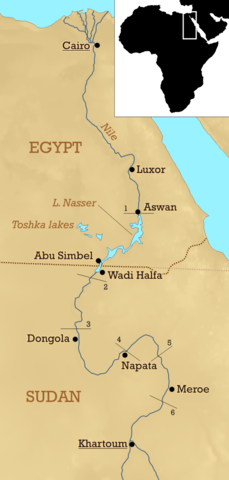
Nubia was home to one of the earliest civilizations of ancient Africa, the Kerma culture, which lasted from around 2500 BC until its conquest by the New Kingdom of Egypt under Pharaoh Thutmose I around 1500 BC, whose heirs ruled most of Nubia for the next 400 years. Tables were turned in the 8th century when the Nubian king Piye (also known as Usimare and Sneferre) conquered Egypt in the eighth century BC and ruled the country as its 25th Dynasty. We saw a column erected by Piye’s successor Taharqa at the Karnak temple.
Nubians (or modern day Sudanese) were disproportionally affected by the construction of the Aswan dam. Nubian population that lived upstream of the Aswan dam had to be resettled elsewhere. While Pharaonic and Greco-Roman architecture such as Abu Simbel and Philae temple were dismantled and relocated, Nubian archeological sites were left to be submerged under the waters of lake Nasser.
The Nubian village we visited was located downstream of the Aswan low dam. It took about 45 min to reach the settlement on boat. Along the way, we passed by several islands topped with pleasant palm tress and grasses and charming inlets.
The visit consisted of walking through a settlement that supposedly shows life in a Nubian village. To me, it looked more like a Hollywood movie set piece. We spent some time in a large house where the walls were colored a vivid blue and painted with beautiful landscapes. We were greeted with a Nubian beverage and small desserts. There was a crate with a bunch of crocodiles in it. On the way to the house, we walked by several small stores selling various food stuff, spices, souvenirs and an old Egyptian string instrument.
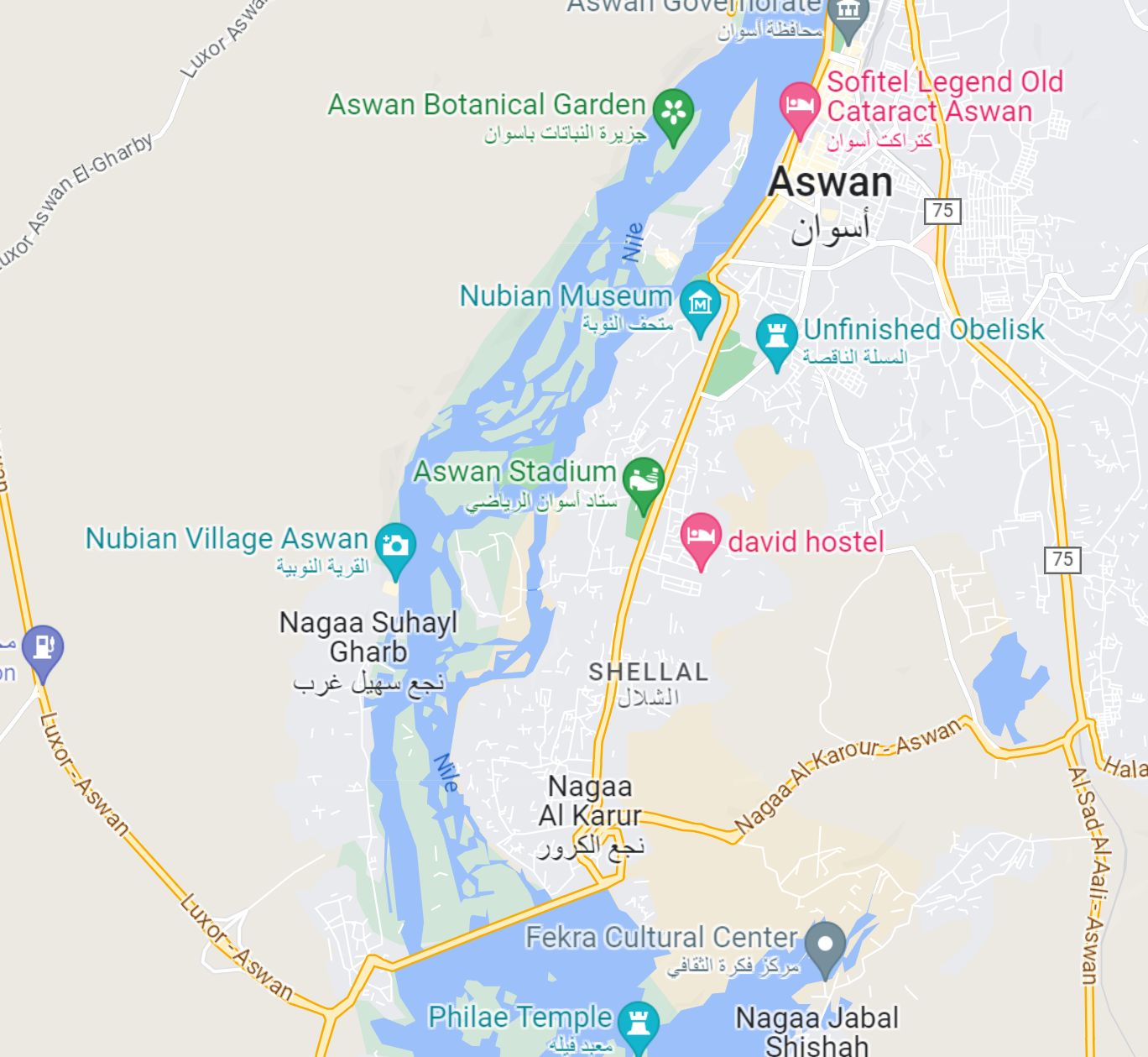
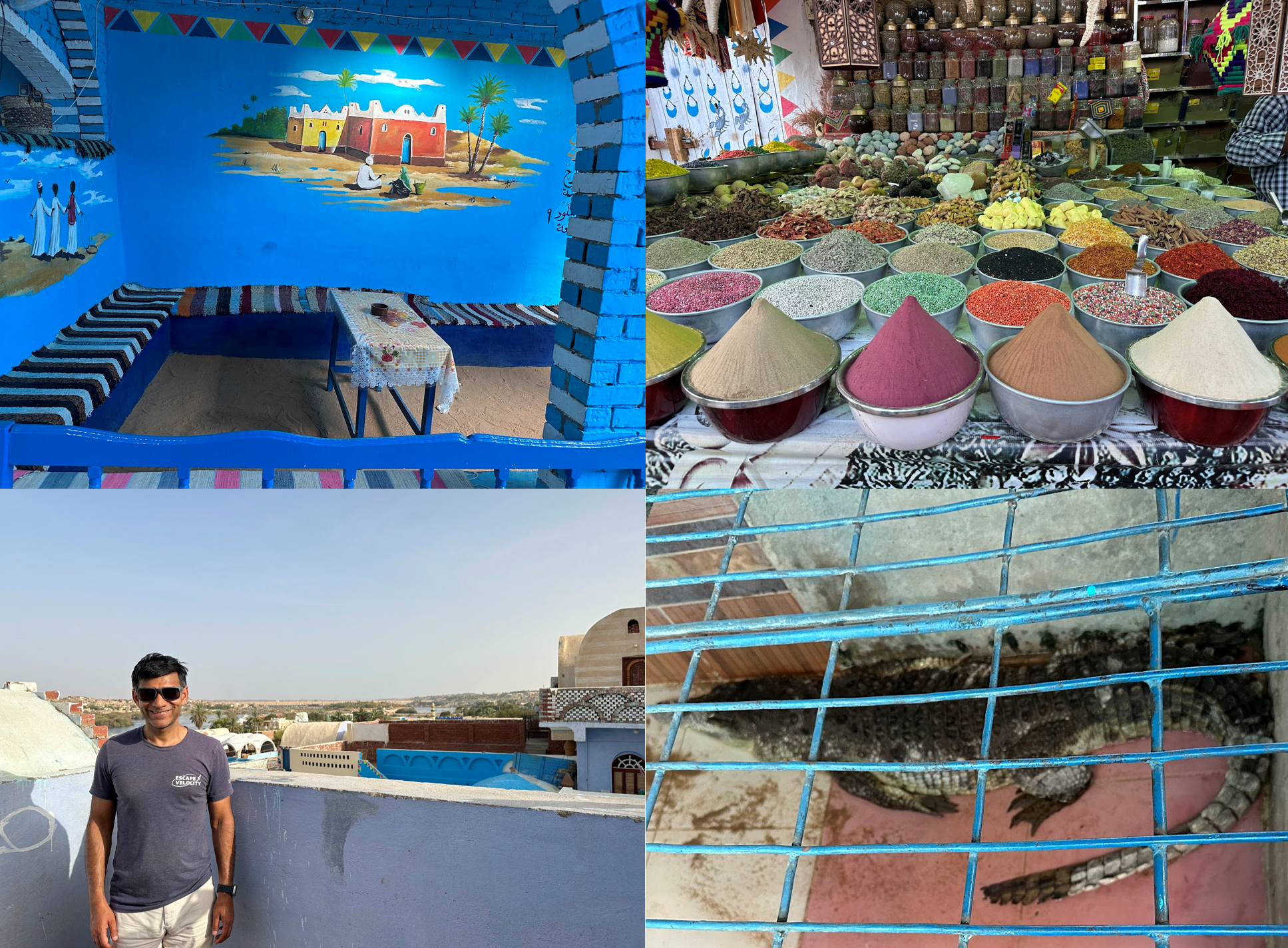
Given that for most people, this tour of a Nubian village may be their only exposure to Nubian culture and history, I had expected a visitor center or a museum about the long history of cultural exchange between Nubia and Egypt. There is a Nubian museum in Aswan, but it wasn’t on our itinerary. Overall, the tour was ok. The best part was the lovely views on the way to and back.
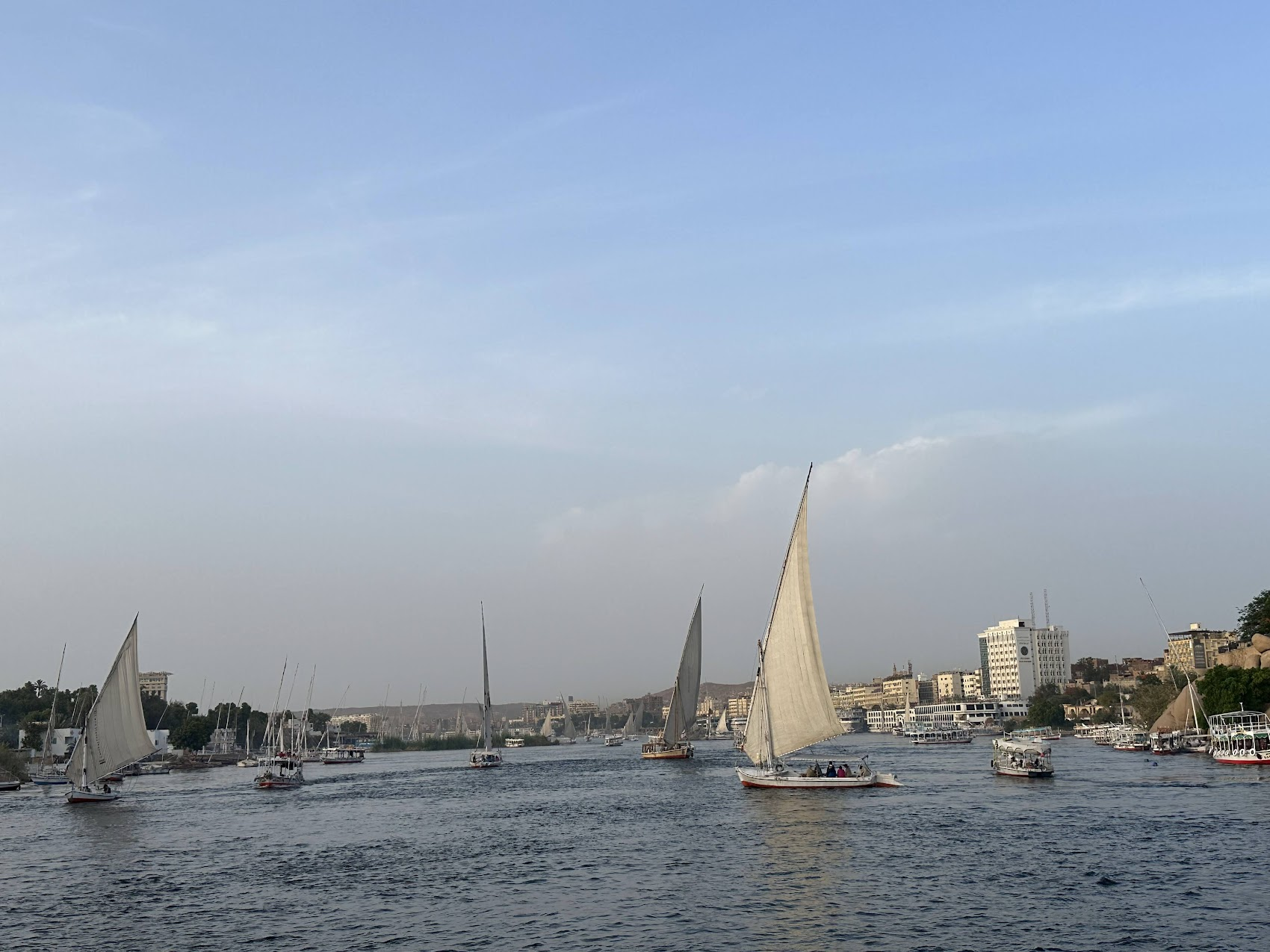

Leave a Reply